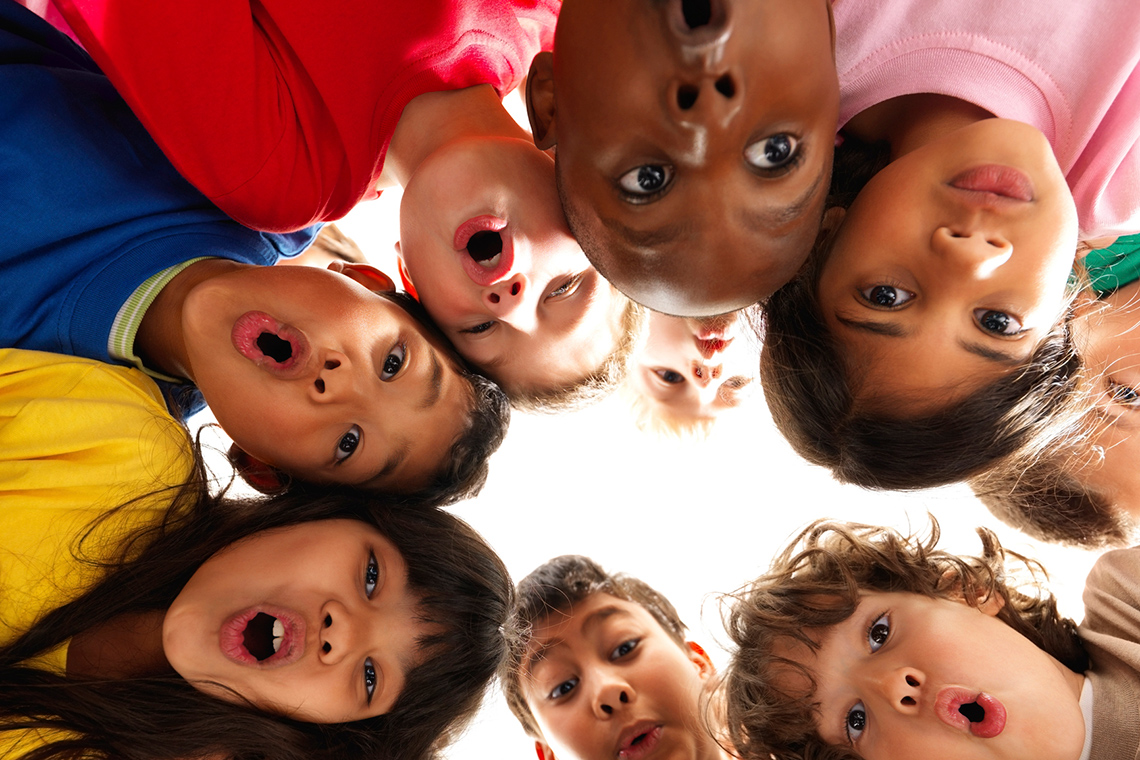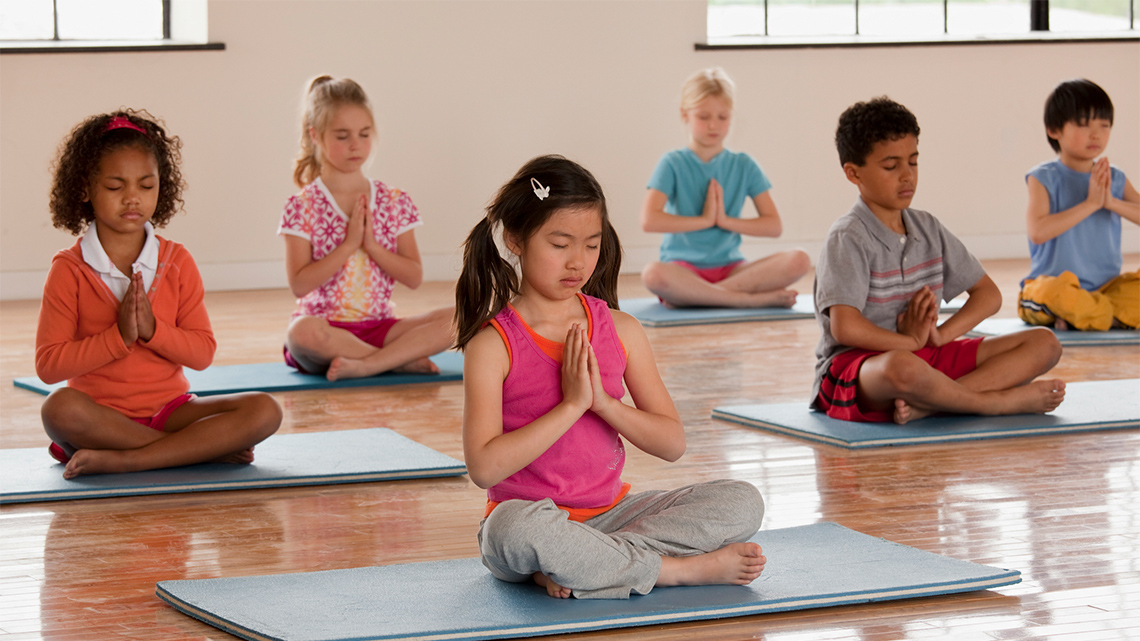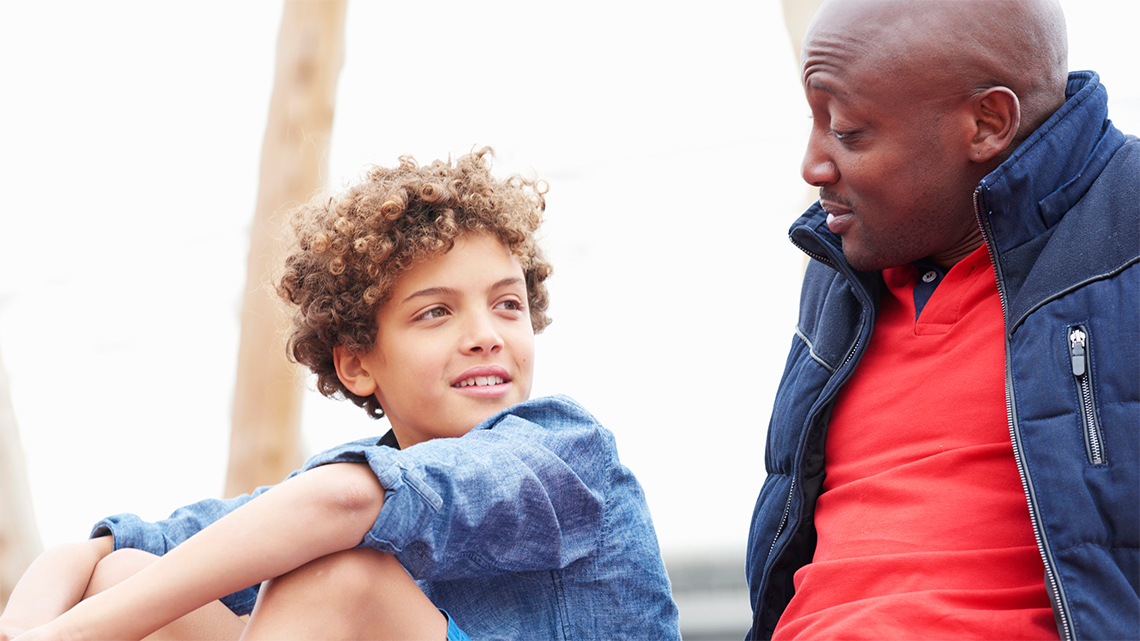Minds On
Being mindful
People face stressful situations every day.
Some of these situations can be easier to deal with than others.
It is important to have some strategies in place to help handle anything that may cause worry or sadness. Being mindful is one of these strategies.
Check out this video entitled “Mindfulness” to learn more about being calm and mindful.
After exploring the video, respond to the following questions:
- Why is Akin experiencing a case of “the mopes”?
- What does Akin compare all the thoughts in his head to?
- What does Akin try to practise when he feels overwhelmed and stressed?
- Akin uses his five senses to help calm himself and focus. What five items did he see when he used his sense of sight?
Record your ideas in a notebook or another method of your choice.
Try It
Your turn!
Let’s try Akin’s strategy for being mindful!
Akin found five things to see, four things to touch, three things to hear, two things to smell, and one thing to taste.
Only this time, let’s do a 3, 2, 1, with any three senses of our choice.

- Choose three senses (see, hear, touch, taste, and smell) and explore your surroundings with those three senses.
- For your first sense, find 3 things.
For your second sense, find 2 things.
And for your last sense, find 1 thing. - Keep track of each sense using a method of your choice or use the following checklist.
Sense #1
Sense #2
Sense #3
Action
Reactions

We all react to stress in different ways. Some situations where we may experience stress could be feeling worried or afraid, feeling nervous before a test, an event, or a performance.
Pause and Reflect
Pause and reflect
Think of a time when you were worried about something.
What did you do and why?
Record your thoughts in a notebook or another method of your choice.
If our brain senses that we are worried about a threat or danger, it sets off an alarm to alert us by making us feel that something is not okay. It might make our heart beat a little faster, or our stomach might feel upset.
Did You Know?
Did you know?
Our brains are the most powerful part of our bodies.
The brain controls many things like thinking, feeling emotions, and learning.

Stress warning
It is important to pay close attention to our body when we are stressed. There are many physical changes, which is the body’s way of warning us that our stress level is rising.
When we pay attention to our body, we are able to manage our stress mindfully.
In the following checklist, check off the body warning signs for when you are stressed.
My body’s warning signs
Fight, flight, and freeze!

When we are worried about something, we all respond differently. Being scared is a natural response or reaction.
For example, many of us might feel scared if there is a small power outage, if we had to try something new, or start at a new school.
There are three responses to when we are worried about danger, which affects the way we think: fight, flight, and freeze.
Student Success
Think-Pair-Share
What do you think fight, flight, and freeze could mean?
If possible, share your ideas with a partner.
Press ‘Let’s Check!’ to explore possible examples.
A few examples could be:
- Fight: fists clenched, red face
- Flight: wanting to run and hide
- Freeze: feel frozen, as if you can’t move
Note to teachers: See your teacher guide for collaboration tools, ideas and suggestions.
Press the following tabs to explore more about fight, flight, and freeze.

To fight is to have a feeling of being threatened.
The body may respond by being angry, fighting back, crying, or yelling.

Flight is more of staying away or hiding from a situation, people, or something.
For example, avoiding others, over thinking a situation, or feeling nervous before a presentation.

To freeze is not being able to move or act.
Examples include, the mind going blank, not being able to think clearly, or giving up.
Helpful strategies
Explore the following images of different ways we could deal with stressful situations.
Whenever we’re feeling stressed, try any of the strategies we explored to help you relax and feel better.
The best way to deal with stress is also to have a balance. In other words, make decisions about how to spend your time.
Be sure to keep your SELF in mind:
- S: Sleep
- E: Exercise
- L: Leisure (something fun you like to do)
- F: Food
Brainstorm
Let’s think!
Let’s reflect on the following situation:
Learner A is presenting about healthy foods at school. Learner A is about to speak, but they feel worried, and their hands are sweaty. Learner A can’t remember what to say next.
- How is Learner A’s body responding?
- Is this a fight, flight, or freeze response?
- What should Learner A do?
- Which strategies should Learner A practise?
Record your ideas in a notebook or another method of your choice.
Consolidation
Learning check!

Let’s match the term to the following stress reaction.
For each term, select the corresponding image.
Pause and Reflect
Pause and reflect
Choose a strategy that you feel would work best for you when dealing with a stressful situation.
Press ‘Hint’ to access a hint.
Use any of the strategies that we explored in the Action section, or a personal strategy you have found helpful.
Record your ideas in a notebook or another method of your choice.
Reflection
How do you feel about what you have learned in this activity? Which of the next four sentences best matches how you are feeling about your learning? Press the button that is beside this sentence.
I feel…
Now, record your ideas about your feelings using a voice recorder, speech-to-text, or writing tool.


